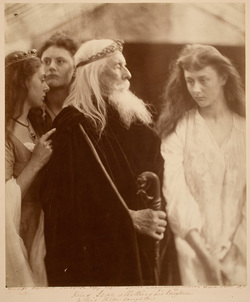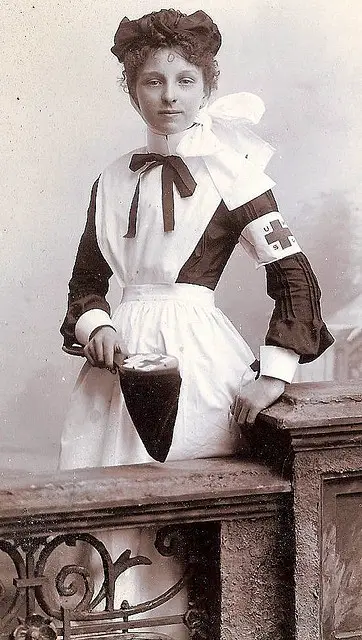In the late 1600s, King Charles II made the decree that women were permitted to act in women’s roles in plays. Until then women’s parts in plays had been acted by men, at which some had taken offence. After this decree was issued, a number of actresses sprang up all over London in theatre companies. Women such as Margaret Hughes and Ann Marshall were the first professional English actresses.

They showed that it was possible for women to make a living as actresses. The lifestyles and methods of acting of Victorian actresses made the way for the actresses of today, and also helped make equality possible for women in all professions. Actresses were often looked down upon as they chose a career instead of devoting their time to home-making. The conditions and beliefs of those living in these times shaped the Victorian theater.

The most typical actress was one who had a history of acting in her family. In the 19th century, an actress’ lifestyle differed greatly from that of a successful actress today. In those days being an actress was not a glamorous job, and a thing such as comfort was unknown.
Minor actresses had to take up whatever roles they were given in order to gain visibility so that they could rise to the top. Victorian actresses were self-made. They had to be assertive in order to get what they wanted. Victorian actresses, especially if they worked their way up, showed fortitude and perseverance.
Victorian actresses also had to be flexible and patient. They were often scheduled to perform in theaters all over England, and often leading stars were sent to other European countries. Actresses, who were in a touring company, had to live on the road.
Roles played by actresses
Actresses in Victorian era played various types of roles and had a definite acting style. As one reviewer reported, diversities of women kind were grouped into one of these four-ticketed sections: the ingnue, the flirt, the chaperon, and the wicked woman. However, each actress had to learn to craft a technique, which would be the most pleasing overall.
Victorian era actresses were not only scrutinised and examined by the critics, but they were also judged by the public. Usually, Victorian women married and took care of their homes. Also, they were expected to be virtuous and good. As the 19th century drew to a close, women were beginning to be perceived and treated as individuals.
However, they were seen as subordinate to men and had to fight to gain equal rights. Nevertheless, it is clear that the actress with her unusual degree of financial and expressive independence remained a puzzling and even frightening figure for most Victorian men and women.
Victorian actresses were also thought to have gone against the strong morals and values of the 19th century by many. The public wondered what kind of women would want to play immoral characters. Victorian actresses were ahead of their time. Their lives foreshadowed those of women ahead. In a time when the majority of women were oppressed, actresses stood out as examples of the independent lifestyle.
Actresses weren’t always looked down upon. There were women who put actresses in a good light. No actress had ever done that before. These women demonstrated that it was perfectly easy to be both a respectable woman and a superb actress. Eventually, actresses were respected for their hard work and talent. See more about popular actors and actresses in Britain.